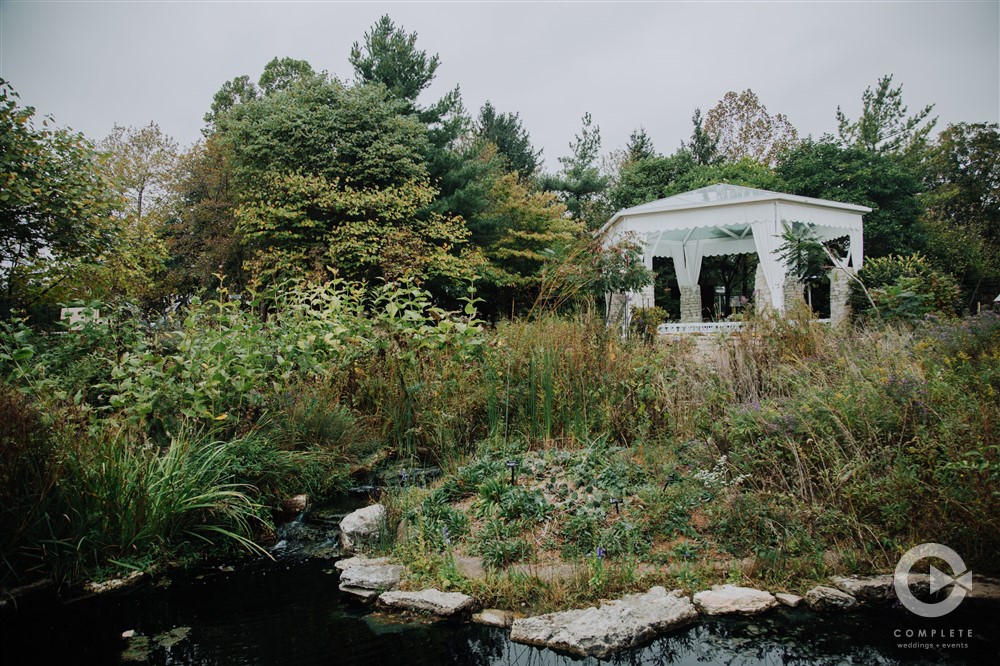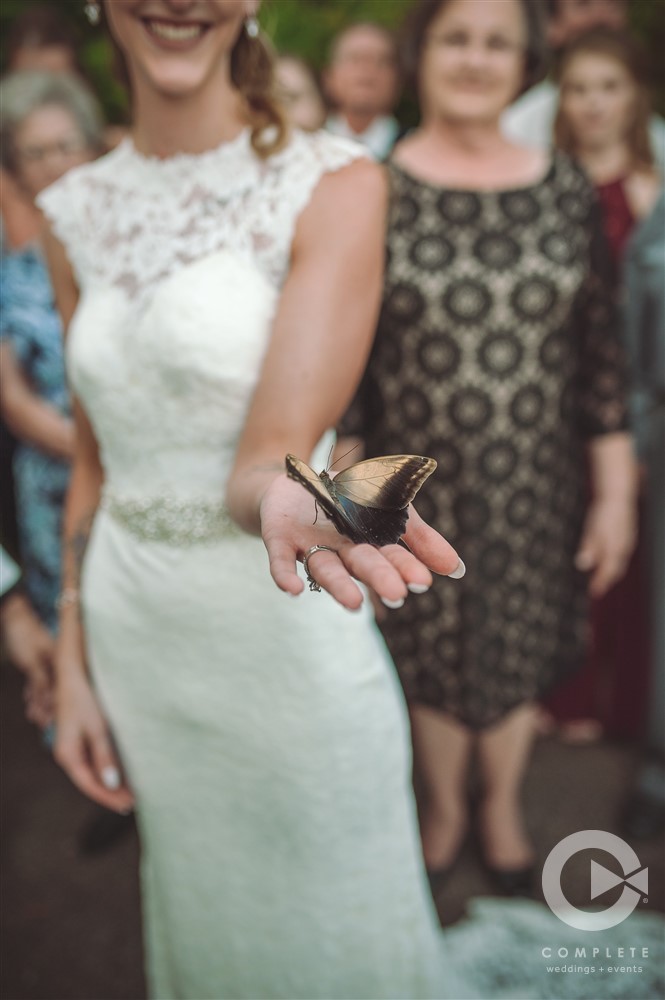Table Of Content

Age took its toll on the building, renovations were completed in May 2018 and it is one of the crown jewels of the garden complex. There is no charge for parking at the Butterfly House, located in Faust Park. In 2003, the Butterfly House was accredited by the AZA, becoming the only dedicated insect facility in this organization. The Sophia M. Sachs Butterfly House is a butterfly zoo operated by the Missouri Botanical Gardens, and located in Faust Park in Chesterfield, Missouri, United States.
Butterfly Houses in the US

Or go outside and visit native and migrating species in the Butterfly Garden. Take an educational class, shop until you drop, or plan a private party on the Emerson Lakeside Terrace. The Butterfly House opened its doors in 1998, and is a not-for-profit organization as a division of the Missouri Botanical Garden. The Butterfly House opened on Sept. 18, 1998, and later became a division of St. Louis’ Missouri Botanical Garden in 2001. More than 1,000 tropical butterflies, in 60 species, fly freely in the 8,000-square-foot glass conservatory.
female-owned tattoo studios in St. Louis to visit for new ink
The facility was also recognized by El Bosque Nuevo as having purchased enough pupae from this sustainable butterfly farm for it to purchase an additional 16 acres (6.5 ha) of land. From special events to world premiere screenings of LGBTQ+ films, find out what to expect at the Cinema St. Louis QFest. Rich in HistoryWhat is now a 200-acre public park in St. Louis County was originally Thornhill Farm, owned by Missouri’s second governor, Frederick Bates. At the turn of the 19th century, the estate was purchased by the Faust family, prominent in St. Louis history. The Butterfly House and its pathways are fully accessible to guests who use the assistance of a wheelchair, walker, or scooter.
North Carolina

The Butterfly House offers education programs, special events, lectures and, of course, the chance to witness butterflies in two habitats, one native and one tropical. In July, 2001, the Butterfly House became a division of the Missouri Botanical Garden, a leader in horticultural displays, research and education. The following year, 2002, the second expansion of the facility opened and was designated the "Emerson Lakeside Terrace". This plaza area is the site for many special events, both public and private. That same year, the Butterfly House began participating with Butterfly Conservation Initiative, BFCI, of the Association of Zoos and Aquariums (AZA). In 2003, the Butterfly House became the first dedicated insect facility to be accredited by the AZA.
How A MoBot Entomologist Became A 'Single Bug Dad' - STLPR
How A MoBot Entomologist Became A 'Single Bug Dad'.
Posted: Wed, 24 Jun 2020 07:00:00 GMT [source]
List of Butterflies in Arizona
Some host plants include different varieties of milkweed, snapdragons, hackberry, fennel, clovers and alfalfa. There are several small and large trees that make wonderful host plants as well like willows, aspen, elm and cottonwood. Home to more than 60 tropical butterfly species and over 150 tropical plants, the conservatory at the Butterfly House is nothing short of paradise. The 8,000 square foot Conservatory housing nearly 2,000 butterflies year round is the heart of the Sophia M. Sachs Butterfly House. This climate controlled space is where the "miracle of metamorphosis" takes places every day.
St. Louis Jewish Light
A butterfly house, garden or farm is an enclosed butterfly habitat where hundreds of different butterfly species live and breed in a very natural, yet controlled environment. A butterfly house is very much an observatory, where you can walk into the butterfly habitat and interact with the butterflies. And they will interact with you, too, especially if you wear bright clothing and smell good (butterflies like floral perfumes). Stepping outside offers a several native butterfly gardens and plantings where visitors learn how to attract butterflies to their own homes and neighborhoods.
A freestanding conservatory, the Victorian Greenhouse (now restored for use by the Butterfly House), is a romantic focal point for the estate. Even the dairy barn is distinguished by its “Lamella” roof, a complex wooden structure that spans the entire 100-by-50-feet without intervening support. Ground was broken in June of 1997, and construction began on the Butterfly House. The 8,000-square-foot Conservatory is sheathed in 646 pieces of glass, each measuring four-by-six-foot and weighing approximately 200 pounds. The center vault, soaring to 36-foot high at its apex, is one of five vaults designed to minimize visual (and flight) obstruction. The Butterfly House Gift Shop is the perfect place to find special items to remember your visit by.
Best Day Trips In Missouri
The Sophia M. Sachs Butterfly House in Faust Park is a major local destination for families. It’s no coincidence that Louis Sachs supported the concept, said Jennifer Mullix, director of the butterfly house. George Englemann, a German-born botanist and scientific adviser to Henry Shaw, a philanthropist and founder of the garden, was instrumental in studying and naming many native Missouri grapes. German immigrants who landed in Missouri discovered those native plants as well, and towns such as Hermann boast a number of popular wineries today. The Stephen and Peter Sachs Museum is unusual in part because so few botanical gardens have a dedicated facility of its kind, said Nezka Pfeifer, museum curator. It’s a project that’s been in the works for several years – and one that completely re-imagines not only how lab employees work but also how the public interacts with the lab.
You can see how they eat, live, and grow, and if you are lucky, you can watch some butterflies emerge from their cocoons and take their first baby butterfly flight. “Now that we have the expanded entomology lab, we’ve been able to take several confiscations of a variety of species like ants, tarantulas and mantises,” she says. Having discovered a fondness for insects while pursuing her degree in Biology, Randi Jones was quite bugged to know that people usually dismissed these little creatures as “creepy-crawlies”. Host plants are the plants that caterpillars eat, and so butterflies lay their eggs on them. Caterpillars are picky eaters and if they hatch on a plant that they don’t like to eat, they won’t eat it and they won’t survive because they are unable to travel to another plant that they like better. It is important for a butterfly house to have a large variety of host plants for this reason.
An additional 8,000 square feet adjacent to the Conservatory houses a classroom, theater, visitor amenities and gift shop. Christner, Inc., Bannes Consulting and BSI Constructors executed the design, project management and construction. The Butterfly House opened its doors to the public on September 18, 1998 and provides educational opportunities to a diverse visitorship. In 2000 the outdoor area known as the Butterfly Garden was dedicated.
Ground was broken in June of 1997 and construction began on the Butterfly House. The 8,000 square foot Conservatory Garden is sheathed in 646 pieces of glass, each measuring 4' X 6' and weighing approximately 200 pounds. The center vault, soaring 36' high at its apex, is one of five vaults designed to minimize visual (and flight) obstruction. Great care was taken in the design and engineering of the building to assure a natural and safe habitat for the butterflies.
Landscape architect Matt Moynihan designed the Butterfly Garden under the direction of Butterfly House staff horticulturalists. A visit to the Butterfly House is not only exciting and educational, but promotes environmental stewardship through example. An additional 8,000 square feet of interior space is devoted to living exhibits, classrooms and visitor amenities. Most butterfly farms will be open to the public with guided tours so that you and your family can walk through them and look at all of the wonderful species of butterflies of the world in one place.

No comments:
Post a Comment